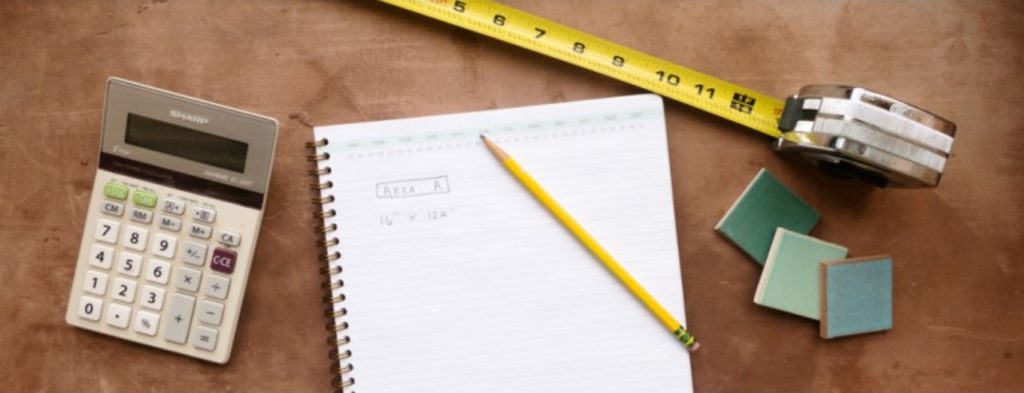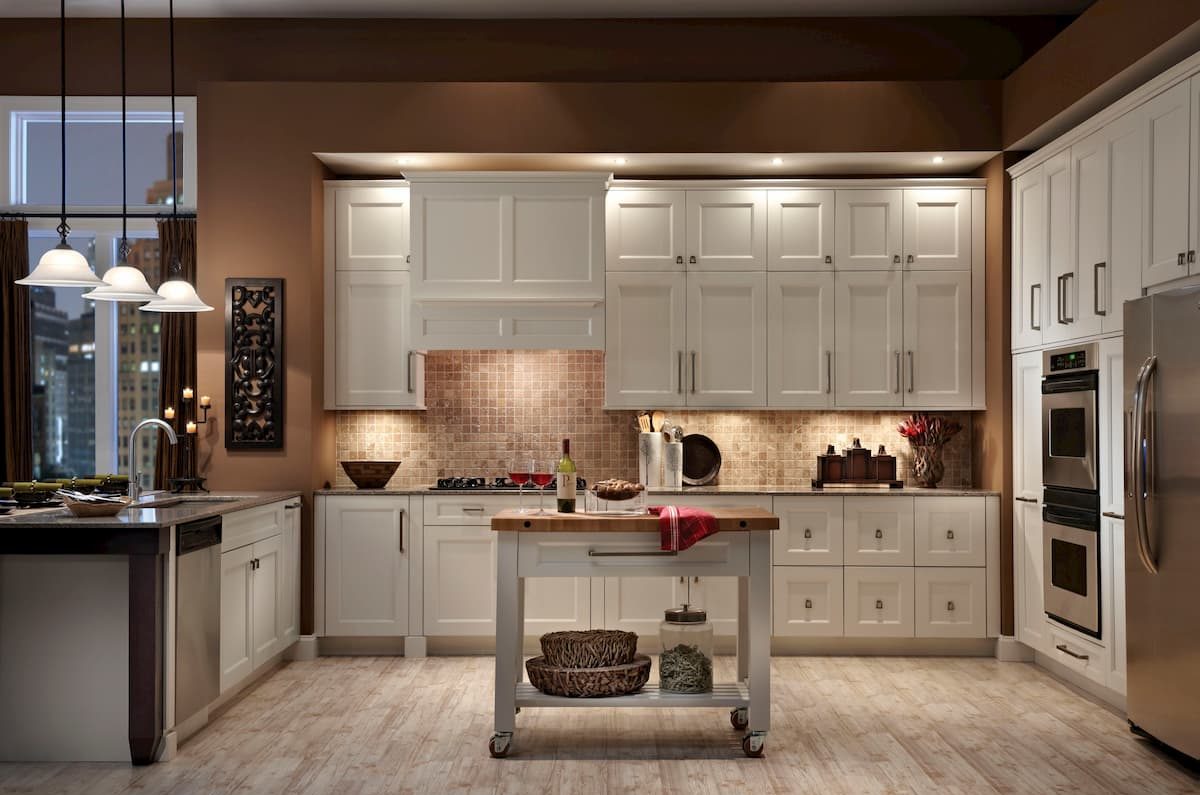
You will find that using a straight edge ruler makes this task much easier! In most cases, going with a 1/4″ scale (1/4″ inch = 1 foot) will work best for most rooms when using an 8 1/2 x 11″ piece of paper. Some prefer to use graph paper with existing lines already drawn. Smaller areas can be done in 1/2″ scale if you wish to make for easier viewing.
To begin your measure, it is best to start in one corner and measure out, one wall at a time, in each direction, notating each obstacle as you come to it. Always notate dimensions in inches, and don’t worry about being spot on accurate. Dimensions that are within ¼” easily suffice for the purpose of doing an initial design. Be sure to stop and write down each dimension before taking the next one for best accuracy.
When measuring windows and doorways where this is casing, include the casing as part of the overall width-and height- and notate the thickness of the casing separately as well (add as a side note to the page). If casing size is different below a window call this out as well, and include distance of window above the counter top, or floor if no counter top is present below.
Floor to ceiling measurements are also needed to properly design the height of the wall upper cabinets. If possible, also notate whether existing flooring runs underneath the cabinets, or rather comes up to the toe plate only. Be sure to let us know if flooring is not being replaced, and if so, let us know what the offset depth of the toe recess is on the front of the cabinet.
Photos of the space are always encouraged. Even providing just 4-6 pics often times is helpful to us to help better visualize your space, and/or answer a question we may still have.
Remember, prior to ordering all measurements will be confirmed by a Cabinet Fantastic specialist, so do your best but don’t sweat it!
Would you prefer that we measure?
Cabinet Fantastic can do the initial measuring as part of the initial design consultation. The initial non-refundable retainer of $199 will be due at this time. This retainer is applied towards your purchase price when you move forward with your cabinet purchase.

